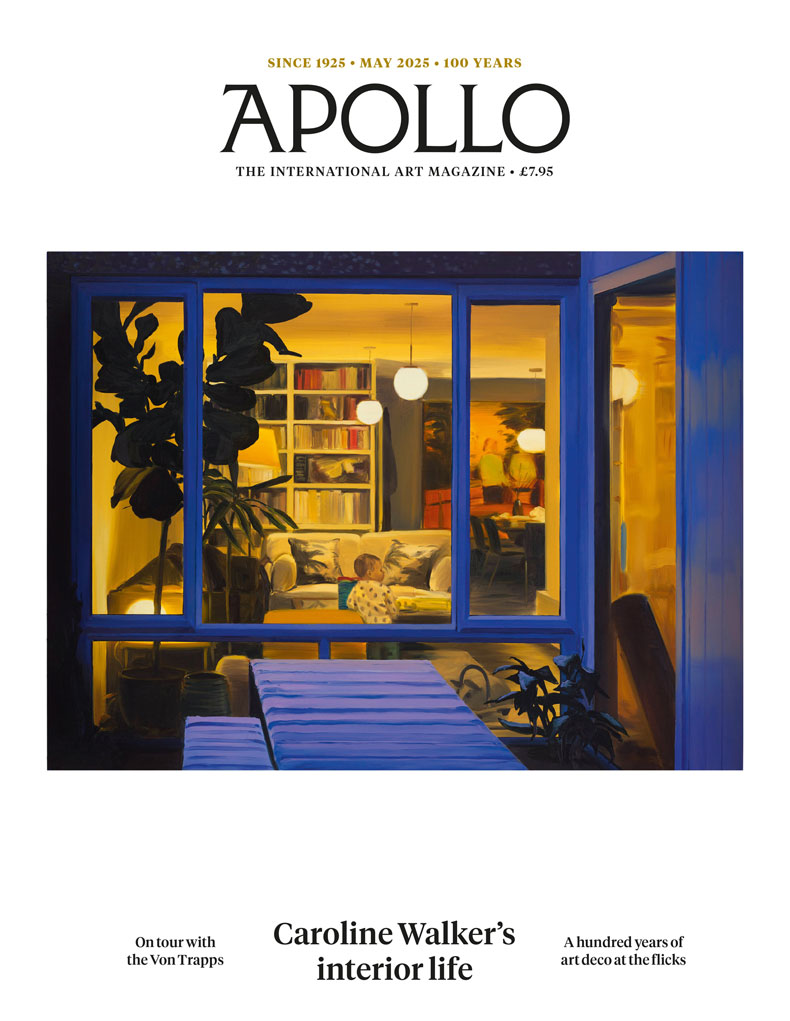The Italian painter Giacomo Ceruti was nicknamed ‘Pitocchetto’ (the little beggar) for his sympathetic depictions of homelessness, poverty and urban life in Milan, Brescia and Bergamo during the 18th century. This exhibition at the Getty Center in Los Angeles (18 July–29 October) is the first show in the United States to focus solely on his work. Paintings such as Two Beggars (c. 1730–34) and Basket Porters Playing Cards (c. 1730–34) capture life on the bustling streets, while large-scale works such as Women Working on Pillow Lace (The Sewing School) (c. 1720–25) present an intimate view of the lives of impoverished workers. Find out more on the Getty’s website.
Preview below | View Apollo’s Art Diary

The Three Beggars (1737), Giacomo Ceruti. Thyssen-Bornemisza Collection, Madrid on loan to Museu Macional d’Art de Catalunya, Barcelona

Self-Portrait as a Pilgrim (1737), Giacomo Ceruti. Museo Villa Bassi Rathgeb, Abano Terme

Women Working on Pillow Lace (The Sewing School) (c. 1720–67), Giacomo Ceruti. Private collection. Photo: © Fotostudio Rapuzzi, Brescia

Little Beggar Girl and Woman Spinning (c. 1730–34), Giacomo Ceruti. Private collection. Photo: © Fotostudio Rapuzzi, Brescia













![Masterpiece [Re]discovery 2022. Photo: Ben Fisher Photography, courtesy of Masterpiece London](http://zephr.apollo-magazine.com/wp-content/uploads/2022/07/MPL2022_4263.jpg)
Suzanne Valadon’s shifting gaze